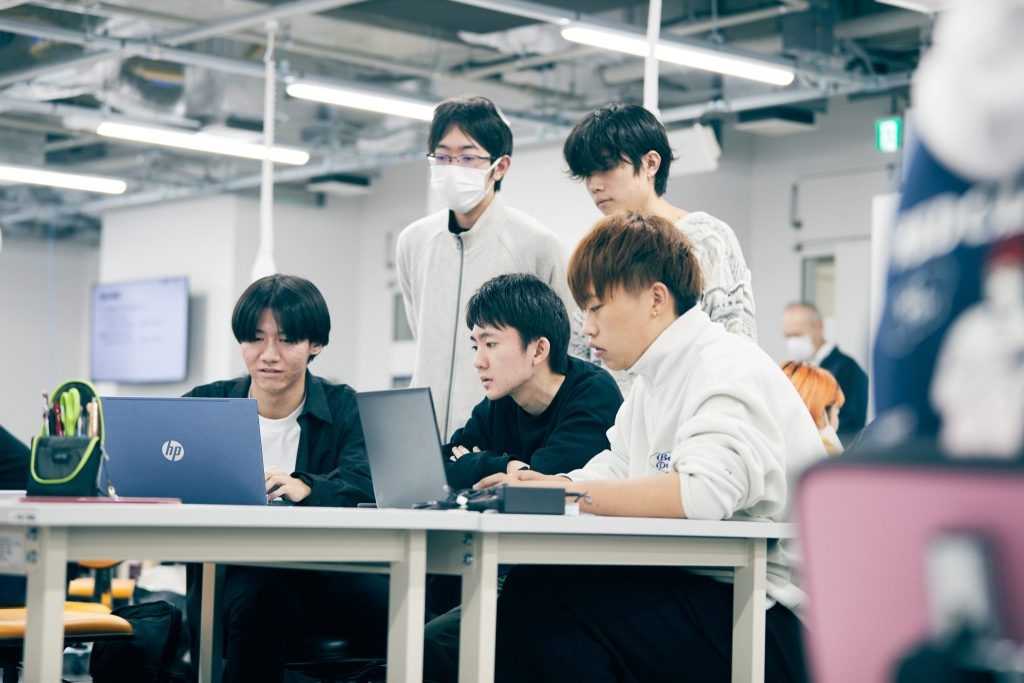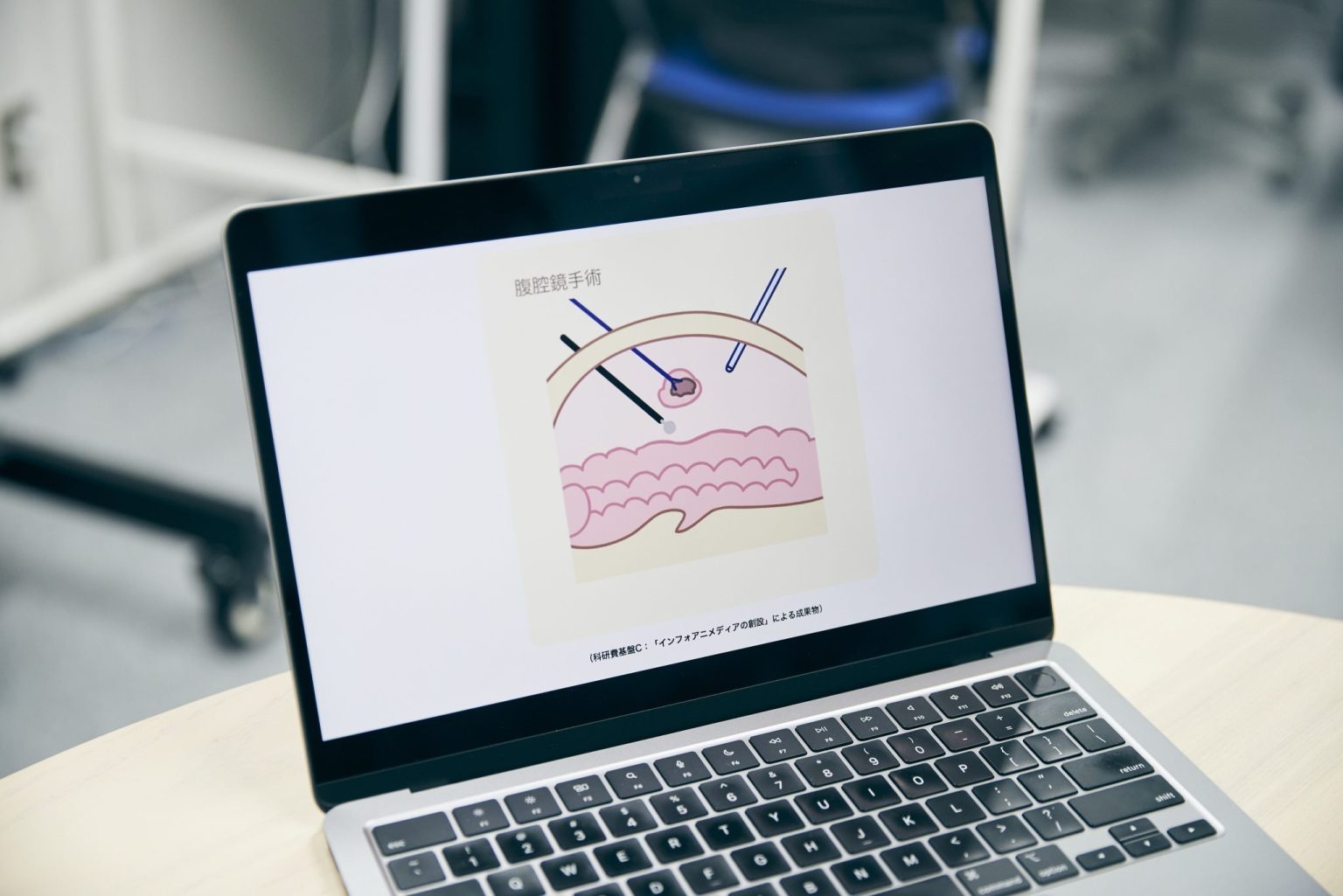One class at the Faculty of Advanced Engineering has significant implications: Introduction to Design Thinking. The Katsushika Campus, where the Faculty is located, has been positioned as an innovation campus with the aim of creating new value, and the class, which teaches fundamental problem-discovery and problem-solving skills in order to create new value, is mandatory for first-year students in all departments at the Faculty of Advanced Engineering. Professor Watanabe provided a definition of design thinking. “Design thinking is a method, in a broad sense, for organizing the processes designers follow when creating goods or services and making a framework for these processes so that they can be applied to business and research.” In other words, design is critical to creating new value, whether making an object or creating science and technology. “I suspect most TUS students will go on to become science researchers or developers at companies, rather than become designers. My hope is that they will be capable of taking their research and development in innovative directions,” added Professor Watanabe. Possessing creative skills will probably become increasingly important for engineers in the future.

The theme for this year’s class was to conceive of a special notebook for use by Faculty of Advanced Engineering students. The theme was chosen to provide a simulated experience of product development at a stationery manufacturer. Students worked in teams to come up with more than 100 ideas in a short period of time, built prototypes with paper, and had their notebook concepts assessed in a presentation format. By having students think up a large number of ideas as a team lets the students come in touch with different ways of looking at problems. Recognizing the fun and possibilities of this exercise, some students said they would like the class to be a single, joint class for all five of the Faculty’s departments, instead of individual classes for each department. There is a tendency, however, for students to stay on the safe side when selecting the ideas they actually propose. “Students find it hard to give form to their wilder ideas. But once they gain more technical training as seniors, they will surely be able to make their more interesting ideas tangible,” explained Professor Watanabe. It seems that this class needs a little more time to mature before it can truly bloom.

Professor Watanabe used this exact design thinking in his previous research into medical communications. “When I heard about the challenges that arise on the medical frontlines at a medical-industrial collaboration workshop, I sensed that some of the problems could be alleviated through design,” said Professor Watanabe.
One of the solutions he developed was infoanimedia for patient interviews. Infoanimedia is used when doctors explain laparoscopic surgery to colorectal cancer patients. In the past, these explanations could last as long as 40 minutes, with the doctor drawing illustrations by hand. Infoanimedia has shortened these explanations to just a few minutes with the use of detailed, yet easy-to-understand anime. Design thinking is more than just creating convenient products; it is about creating value by solving existing problems from new perspectives and changing how processes and procedures are done. Professor Watanabe shared his vision. “Each department and faculty at TUS has a store of excellent technologies. If we can successfully link these technologies together and, additionally, make effective use of design thinking, I think we will see lots of innovation happen.”
■ Main research themes